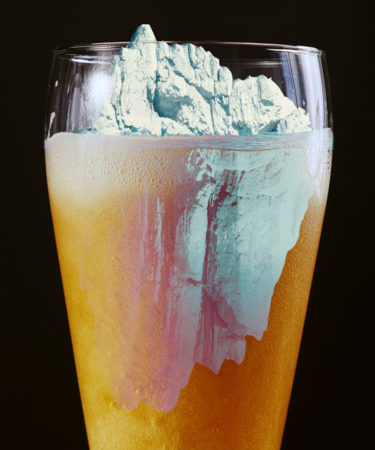For many Chileans, not to mention global climate scientists, icebergs are Patagonian icons. Historically, those icebergs had a very specific purpose: beer refrigeration. In the mid-1800s, Chilean brewers were reportedly keen on capturing icebergs’ chill for the purpose of refrigerating beer.
Chile’s beer industry is linked to an Irish immigrant named Andrés Blest, who, in 1825, launched Cerveza Altamira, Latin America’s first brewery, in Valparaíso, Chile. At that time, shortly after Chile won independence from Spain in 1810, the Chilean government encouraged immigration from Europe. Valparaíso served as an entry point for many newcomers.
“These immigrants brought beer with them but, because there was no refrigeration, it quickly went bad,” Nina Karnikowski writes in Australia’s Traveller publication. By the 1850s, harvesting glacial ice became the go-to method, as ships towed icebergs to ports like Valparaíso from Laguna San Rafael, or from as far as the South Pole.
Beer in 21st-century Chile perhaps less climatically gets its chill from modern refrigeration. Icebergs, however, continue to influence modern drinks trends. In Chilean Patagonia, mixologists add iceberg chips to cool cocktails that pop and sizzle with centuries of history. And around the world, icebergs are bottled in products including iceberg water, Iceberg Vodka, and yes, Iceberg Beer.
